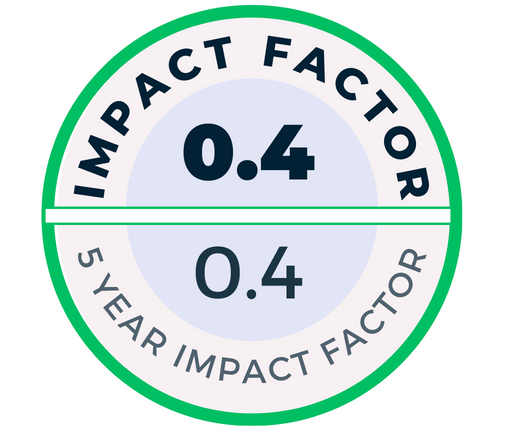This study aimed to compare the hypnotic and muscle relaxant effects of alfaxalone administered IV in 2 different sites, namely cranial and caudal. A total of 20 healthy adult yellow-bellied sliders (Trachemys scripta scripta) were randomly assigned to 1 of the 2 groups. In the first group, the drug was administered through the cervical dorsal sinus; in the second group, the drug was administered through the coccygeal vein. A dose of 5 mg/kg of alfaxalone was used for each turtle. Induction time (IT), tracheal tube insertion time (TTiT), surgical plane of anesthesia (SPA), and full recovery time (FR) were recorded. The quality of sedation (SS) was recorded as the anesthesia score from 0 to 4. In the first group, mean IT was within .68 ± .37 minutes. The mean TTiT was within 1.04 ± .60 minutes. The time of SPA was on average 23.82 ± 6.47 minutes, and FR occurred on average of 30.12 ± 9.52 minutes. The mean SS achieved was 4.9 ± .32. In the second group, mean IT was within 4.63 ± 4.44 minutes. The mean TTiT was within 6.83 ± 6.75 minutes. The time of SPA was on 22.27 ± 4.66 minutes, and FR occurred at 27.97 ± 6.76 minutes. The mean SS achieved was 3.3 ± .82. We believe that caudal intravenous administration of alfaxalone can be performed without risk, but an increased dose is required for anesthesia when caudal vessels are used.
Cite this article as: Morici, M., Lubian, E., Costa, G. L., & Spadola, F. (2021) Difference between Cranial and Caudal Intravenous Alfaxalone Administration in Yellow-Bellied Sliders (Trachemys scripta scripta). Acta Veterinaria Eurasia, 47(2): 88-92.





